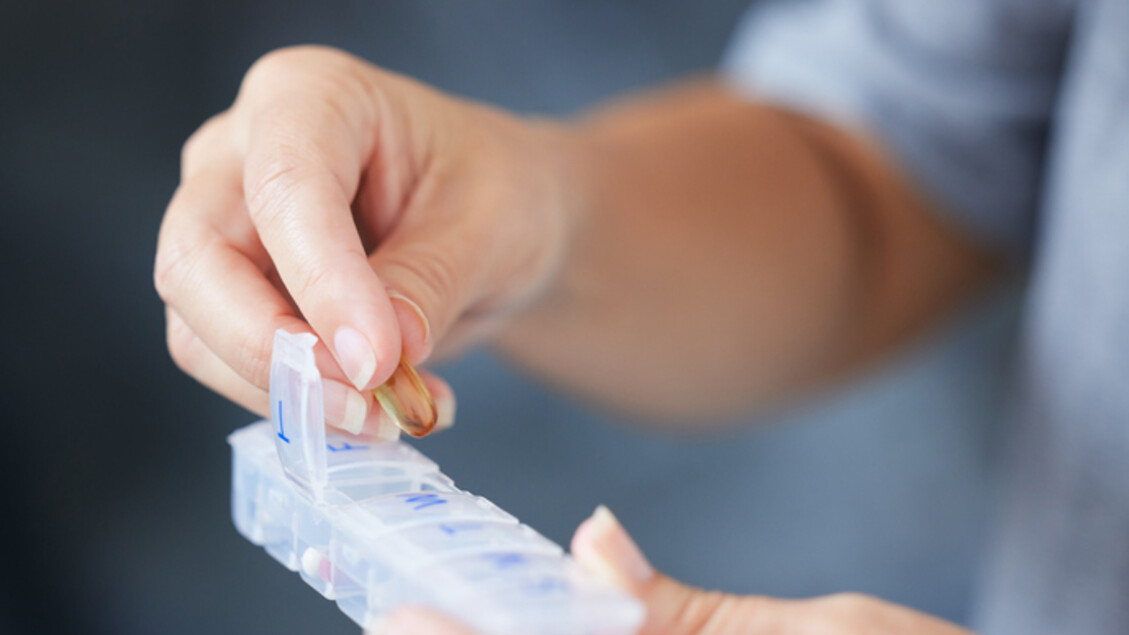An increasing number of American teenagers are starting prescription treatments for obesity, with Wegovy — the appetite-suppressing drug from Danish pharmaceutical company Novo Nordisk — leading the charge. It works, but it comes with a hefty price tag, and so far, the boom appears restricted to those with the means to pay.
In 2024, new prescriptions of Wegovy among adolescents ages 12 to 17 jumped 50%, reaching 14.8 per 100,000 teens, according to an analysis by health data firm Truveta that examined 1.3 million electronic health records. By early 2025, the rate had climbed to 17.3 per 100,000. But the gap remains stark: roughly 23,000 out of every 100,000 U.S. teens are living with obesity, meaning fewer than 1% are getting access to the drug.
“It’s a promising sign, but we’re still a long way from equitable access,” Dr. Cate Varney, director of obesity medicine at the University of Virginia Health system, told Reuters. “When lifestyle changes alone are insufficient, we need these additional tools.”
Wegovy is not broadly accessible. It costs several thousand dollars per year, and most insurance plans do not cover it.
The U.S. Food and Drug Administration approved the use of semaglutide — Wegovy’s active ingredient — for adolescents in late 2022. Since then, uptake has grown, albeit slowly. Meanwhile, the rate of teen obesity has surged. Just 5% of adolescents were classified as obese in the 1980s; today, the figure exceeds 23%.
In 2023, the American Academy of Pediatrics issued formal guidance supporting the use of GLP-1 drugs — the class of medications that includes Wegovy — for children as young as 12. But consensus within the medical community is far from settled. While short-term results appear promising, long-term data is still lacking. And it remains unclear whether the treatment must be taken indefinitely.
“We cannot normalize giving these drugs to children without knowing where it leads,” U.S. Health Secretary Robert F. Kennedy Jr. said in a recent federal health report. The report cited GLP-1 medications as an example of the “overmedicalization of our kids,” warning of “long-term safety data gaps, raising the specter of unforeseen problems that interrupt, damage, or impair metabolism and growth development.”
Novo Nordisk responded in a statement: “Semaglutide did not appear to affect growth or pubertal development” in clinical trials involving teenagers. The company added, “Obesity often starts in adolescence, and intervening early helps prevent tomorrow’s chronic diseases.”
At Nemours Children’s Hospital in Wilmington, Delaware, the Healthy Weight Clinic treated 2,000 adolescents in 2024. One in four was prescribed Wegovy or another GLP-1 medication. On average, patients lost 15 pounds within the first six months and more than 30 pounds after one year.
But the remaining 75% didn’t receive the drug — often due to financial hurdles or family concerns over side effects.
“Many families opt out because of cost, others because of safety concerns,” said Dr. Thao-Ly Phan, the clinic’s medical director. “Some try older medications, which are more affordable but less effective. Others stick with lifestyle interventions like diet and exercise.”
In many healthcare settings, clinicians lack the training or capacity to monitor known side effects, such as muscle loss. There are also few resources available to support families in sustained, structured behavioral change.
“The challenge is also logistical,” said Dr. Robert Siegel of Cincinnati Children’s Hospital. “These medications should only come after several months of intensive lifestyle management. But that requires staffing, time, and infrastructure — and in most cases, those things just aren’t there.”
According to Siegel, about 15% of teens receiving obesity care at his hospital were prescribed Wegovy. “But until we have long-term data,” he said, “we can’t really say whether we’re treating the disease — or just delaying it.”












